In a conversation brimming with intellectual depth, Mr. Puneet Anand, AVP & Vertical Head of Corporate Affairs at Hyundai Motor India Ltd., sheds light on the far-reaching impact of the Hyundai Motor India Foundation (HMIF). While initiatives like "Art for Hope" garner well-deserved recognition, Mr. Anand delves deeper, exploring how HMIF goes beyond immediate program participation to measure long-term societal change. He details how the foundation aligns its efforts with the UN Sustainable Development Goals (SDGs) and fosters partnerships to create innovative solutions for India's pressing social and environmental challenges. This interview unveils HMIF's commitment to "Progress for Humanity," a philosophy that extends far beyond traditional CSR practices.
Scroll down to read the full interview
Q. While "Art for Hope" is commendable, how does Hyundai Motor India Foundation (HMIF) assess the long-term impact of its diverse CSR initiatives on beneficiary communities and the broader social landscape? Does it go beyond immediate program participation data to measure changes in well-being or opportunities created?
A. At Hyundai Motor India, we go beyond Corporate Social Responsibility (CSR). We believe CSR is a direction, not the destination. We're committed to Creating Shared Value (CSV), where our business success is intertwined with the progress of society. We view social impact as an opportunity, not an obligation.Every initiative at HMI aligns with Hyundai's global vision of ‘Progress for Humanity’. Under the umbrella of 'CONTINUE', we've designed programs to drive positive change in the society on a continuous basis. Our guiding principle, ‘CONTINUE,’ emphasizes long-term positive societal change. HMIF focuses on three key pillars: Earth, Mobility, and Hope. These pillars encompass initiatives designed to create lasting benefits forcommunities and the broader social landscape. This also applies to the beneficiaries of the Art for Hope initiative.Hyundai Motor India foundation has social impact targets for environment- carbon positivity; social – touching lives positively, and economic – income generation for community. We have long-term targets until 2032, which are linked tovarious projects. HMIF assess the impact against the targets on yearly basis. Example – Tons of Carbon sequestered, number of lives impacted and amount of income generated.
Following aspects are some of the examples that define our long-term commitment to the society:
- Environmental Sustainability
Green areas development in Tamil Nadu and Andhra Pradesh and restoring ponds in Haryana and Tamil Nadu improve air quality, reduce soil erosion, enhance water retention, and contribute to long-term water security.
- Waste Management:
HMIF's Gurugram EcoGram project exemplifies our approach towards long-term sustainability. Our headquarters’ wet and dry waste along with more wastefrom bulk waste generators – 2 residential welfare associations (1400 households) is sent to EcoGram. Wet waste isconverted into biogas and further into electricity,which is used in self-sustainingthe EcoGramplant operations. In last one year, 272 tons of wet waste was processed and 27,200 m3 biogas was produced and converted into electricity.
At our Chennai upcycling unit, over 1,100 tonnes of waste has been recycled & upcycled. About 43,000+ benches and desks has been produced and contributed to over 300 nearby schools.
- Livelihood Empowerment:
Integrated livelihood generation projects to Scheduled Tribes - 400+ families in Andhra Pradesh, livestock and agroforestry projectsin Tamil Nadu and Andhra Pradesh, and skilling women in arts and crafts across project locations - all empower communities to create sustainable income streams benefitting to additional income ranging from Rs. 6,000 - 8,000 per month.
By focusing on the long-term benefits, HMIF strives to ensure that its initiatives have a lasting positive impact on the communities they serve and the environment we all share.
Q. How does HMIF define "Progress for Humanity" within the framework of its CSV philosophy? Are its chosen strategies aligned with the United Nations Sustainable Development Goals (SDGs) and how does it ensure measurable progress towards achieving these goals?
A. Hyundai Motor India Foundation (HMIF) implements CSV initiatives under the umbrella of "Progress for Humanity." Under our guiding principle, "CONTINUE," HMIF focuses on three key pillars: Earth, Mobility, and Hope. The projects implemented under these pillars are aligned with United Nations Sustainable Development Goals.
- Earth: Environmental sustainability initiatives to protect our planet.
- Mobility: Providing innovative and accessible (new) mobility solutions for all.
- Hope: Community development programs that empower communities and improve lives.
- Initiatives under these are creating an environment that fosters prosperity and wellbeing of people.
- It has been a long-standing commitment of HMIL towards CSR, touching the lives of economically and socially challenged, while also contributing towards environment, road safety, health, education, women empowerment, youth development, and art & culture.
Some of the SDGs we align with:
- SDG 2: Livelihood generation: agroforestry and income generation programmes
- SDG 3: Good health and wellbeing: Health care initiatives including mobile medical vans and Telemedicine units
- SDG 4: Quality Education: Mobile youth library and science lab.
- SDG 6: Clean Water and Sanitation: Rainwater harvesting, water filtration in schools.
- SDG 7: Affordable and Clean Energy: Increasing use of renewable energy in the manufacturing plant
- SDG 8: Decent Work and Economic Growth: Skill development training centre, driver training and employability interventions
- SDG 13: Climate Action: Efforts to reduce carbon footprint and increase green cover, Waste management projects, reusing factory waste materials.
- SDG 15: Life on Land: Restoring ponds and planting trees.
Q. How does the establishment ensure the sustainability and scalability of its initiatives beyond initial program cycles? Does it involve local stakeholders in project design and implementation, fostering self-reliance and long-term impact?
A. We consider sustainability and scalability during the planning and project framework phase itself. Projects are designed with a clear vision for replication in new locations. For instance, successful pilot models implemented in CSV themes (healthcare, environment, education, employability& employment, inclusivity etc.) are replicated in other geographies.
- Ecogram: The success of the Ecogram initiative in Gurugram paved the way for its replication in Guwahati, demonstrating scalability.
- SparshSanjeevni: The telemedicine program's expansion to seven more states displays successful project growth.
- Stakeholders such as district administration, community representatives and municipal corporations are engaged in the design and implementation process. This fosters a sense of ownership and ensures the project aligns with local needs.
- Projects are designed in such a manner that they foster self-reliance and long-term impact.
Q. How does the organisation stay informed about emerging social and environmental challenges in India? Does it foster partnerships with NGOs, government agencies, and other stakeholders to leverage diverse expertise and resources for innovative solutions?
A. HMIF takes insights and data from various sources such as market intelligence, reference to reports and latest publications in the development sector, in liaison with government officials and industry experts.Impact assessment is one of the critical activities practiced by HMIF annually. Hyundai Motor India Foundation believes in partnerships and collaboration. At HMIF, strategic partners have been engaged to attain the desired outcomes, moreover,implementation through regional and institutional partners is the key differentiator. HMIF in the past has successful partnership execution model while executing road safety projects and waste management solutions for the state government. Our recent partnerships in the areas of diversity and inclusion (Samarth) – creating innovative mobility solutions, supporting differently abled artists, Paralympic sports etc. and Drive4Progress initiative for employability of 250 women drivers is one of the leading examples in the development sector.
Q. To what extent does HMIF utilize data analytics to inform its CSR strategies and program choices? Does it track key performance indicators (KPIs) and conduct impact assessments to ensure it is addressing the most pressing needs effectively?
A. Yes, HMIF leverages data analytics to an extent. For us data analytics play a crucial role in effectively managing our expansive CSR efforts, track key performance indicators and drive positive social and environmental impact. Following is the breakdown:
- Pre-project design - Data sources: We consider data from surveys, studies on health indicators, educational surveys (such as annual status of education report) and current environmental challenges.
- These secondary researches helps us to understand pressing needs more effectively.
- Key community identification and project selection: Feasibility studies, baseline assessment, past research and assessments are primary factors in project selection. Data analytics provide additional insights, complimenting these methods.
Impact Measurement:
- KPIs and milestones: Each project has Key Performance Indicators (KPIs) and milestones, tracked continuously.
- Project-wise impact assessment is carried out for CSR initiatives,in conjunction with independent agencies.
- In-house process and systems of partnership management.
Q. While quantitative metrics are important, how does the foundation measure the qualitative impact of its programs on beneficiaries? Does it consider aspects like social inclusion, empowerment, and improved well-being beyond just quantifiable outputs?
A. To assess the impact of our programs, HMIF also measures qualitative factors that benefit the lives ofindividuals. The assessment parameters are defined while designing the project framework.Three-tier system/framework is practiced at HMIF which includes stakeholder contact and communicationplan by HMIF field (regional) teams, followed by visit and interactions by the central team, and continuous engagement by the leadership and the board.Case studies and stories of change are documented to measure the qualitative impact in the livesof our beneficiaries. We conduct impact assessment to capture the qualitative impact of the program. HMIF embeds social inclusion, empowerment, and improvement of wellbeing in all its projects.
Examples:
- Ability for Dignity: Ability for Dignity is a subset of ‘Art for Hope’, in which we are providing additional 10 grants and upskilling programs for specially-abled artists
- Drive4Progress: It is a driver skill development initiative in which we are supporting and empowering youth with professional training and employment, with 30% of the overall weightage reserved specifically for women drivers
- SparshSanjeevani: Telemedicine clinics which provide affordable and quality healthcare to the underserved community, reaching over 57,500+ direct beneficiaries.
Q. How does Frye establishment encourage employee engagement in its CSR activities? Does it provide opportunities for employees to volunteer their skills and contribute to community development initiatives?
A. HMIF is committed to encourage volunteering opportunities for its employees and their families. The volunteering opportunities are in sync with our core focus areas - Earth, Mobility and Hope, ensuring the purpose of impact. These opportunities help in strengthening the connection with local communities and address social challenges.
Examples:
a. Volunteer their skills:Leadership contribution in sessions under Art for Hope and online teaching workshops for under privileged children;skill-based sessions to artists done by employees.
b. Contribute to community development:Activities like plantation and toy making workshops for cancer patients.
Q. Beyond Innovation and Collaboration direct interventions, does HMIF engage in advocacy efforts to address systemic issues that contribute to social and environmental challenges? Does it collaborate with other entities to influence policy changes that promote a more sustainable and equitable future?
A. Yes, HMIF addresses the systematic issues that contribute to social and environmental challenges, but through a social change approach rather than advocacy approach.
Currently, HMIF collaborates with SIAM to advocate policy improvement. Our successful initiatives such as EcoGramproject, Ecosystem restoration, SAMARTH, Art for Hope, Easy Roads etc.across India demonstrate the relevance and effectiveness of our approach.
Q. While not solely focused on profit, how does the establishment measure the Return on Investment (ROI) of its CSR initiatives? Does it consider broader societal benefits, brand reputation enhancement, and employee morale alongside financial considerations?
A. HMIFhas matrices and indictors to measure its project impact, beneficiary outreach and performance against KPIs. HMIF is planning to introduce meaningful frameworks and standardised models to monitor and measure the social impact.
With changing times, HMIF has aligned its CSR activities to the needs of its stakeholders including customers, community, employees, government and anyone who is associated with us directly or indirectly. Our social and community initiatives are focused towards creating an environment which fosters prosperity and wellbeing of people by Creating Shared Value.
Our CSR initiatives bring positive impact on our brand value and add to Hyundai’s image as a responsible corporate citizen that truly cares for people, and the society at large.
Q. How does HMIF ensure transparency and accountability in its CSR activities? Does it regularly communicate its impact stories, challenges, and learnings with stakeholders, fostering trust and public engagement?
A. HMIF ensures transparency and accountability through regular monitoring, third party impact assessments and financial audits.HMIF communicates its impact stories, challenges and learnings with various stakeholders through mainstream media, social media, project review meetings, and community outreach programs, through implementation NGOs and direct interaction with beneficiaries to share project impacts with larger audience.



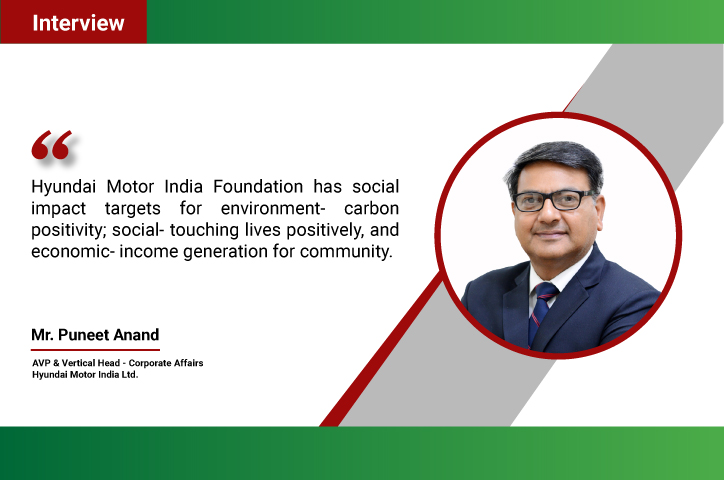

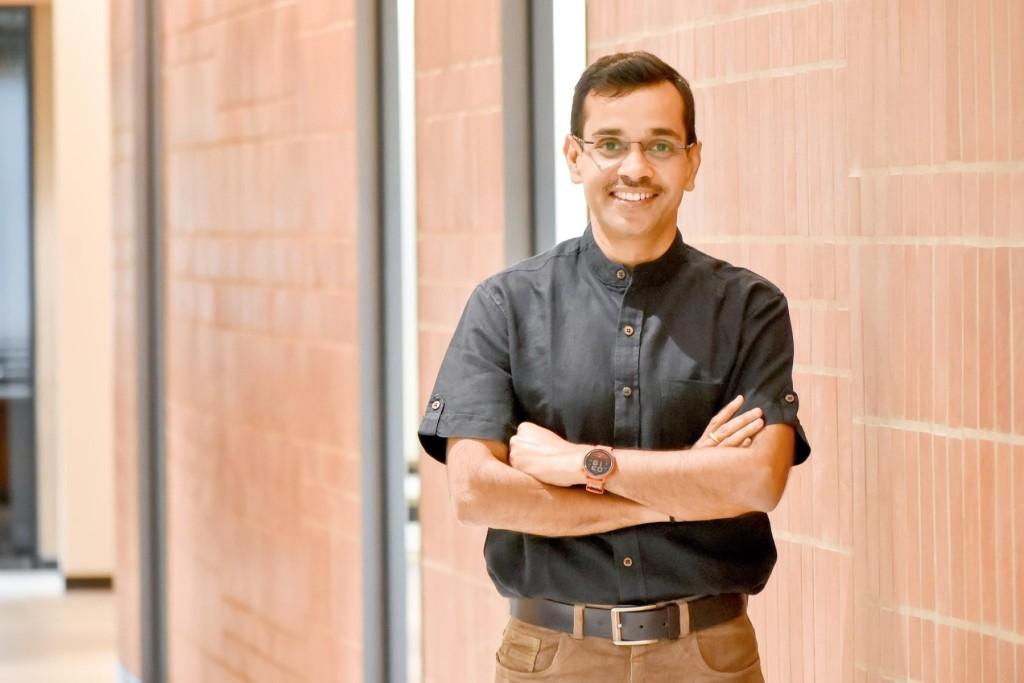

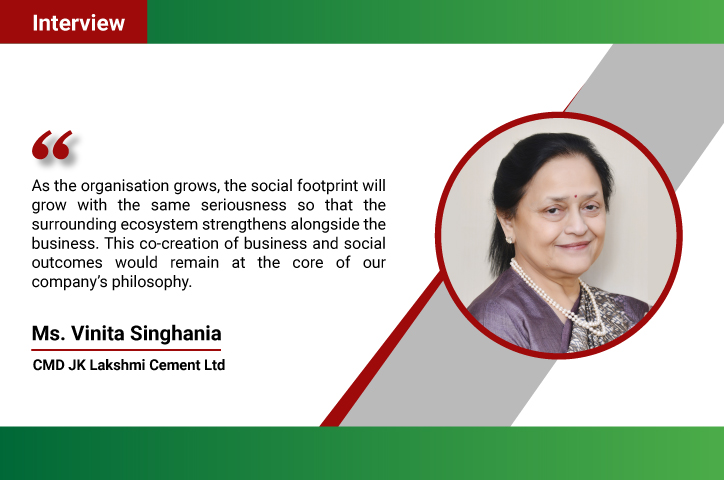
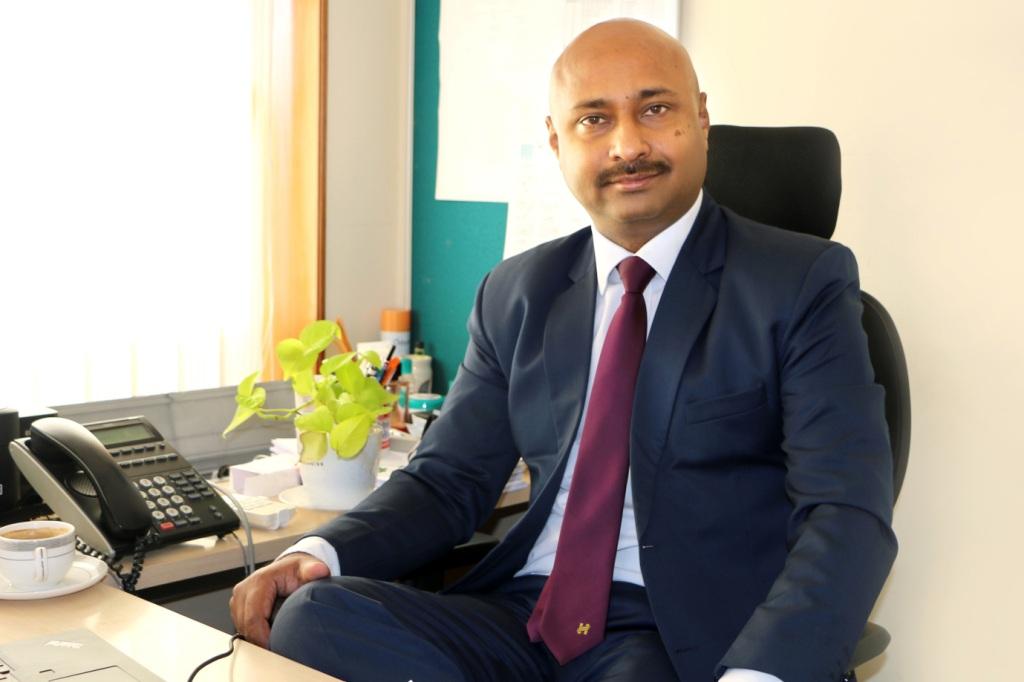
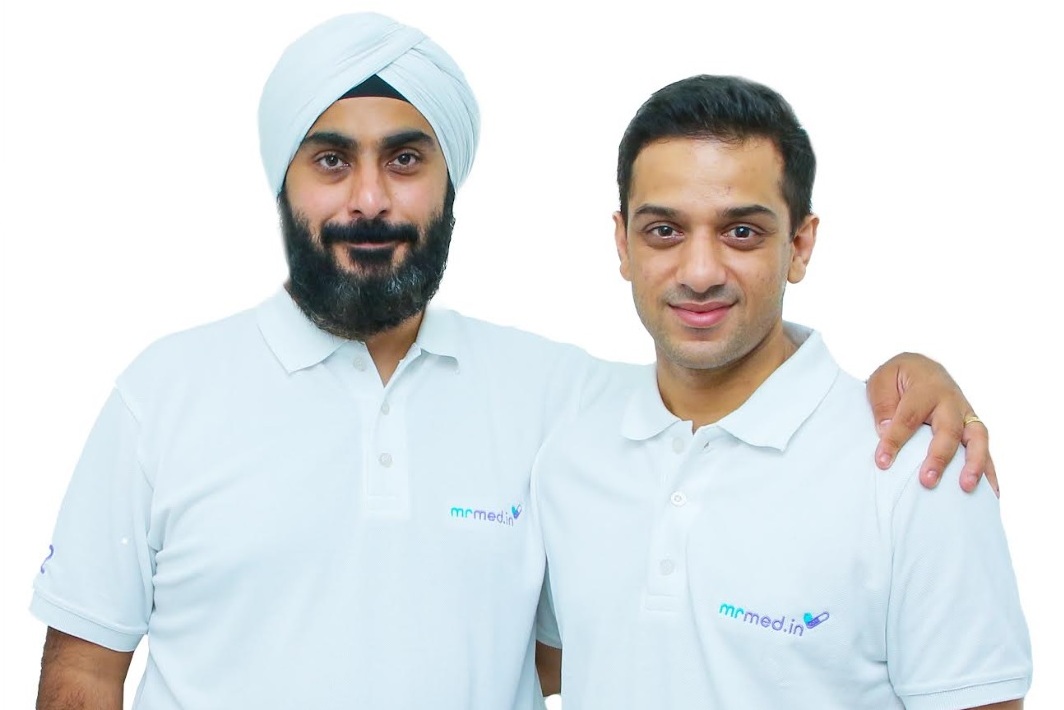
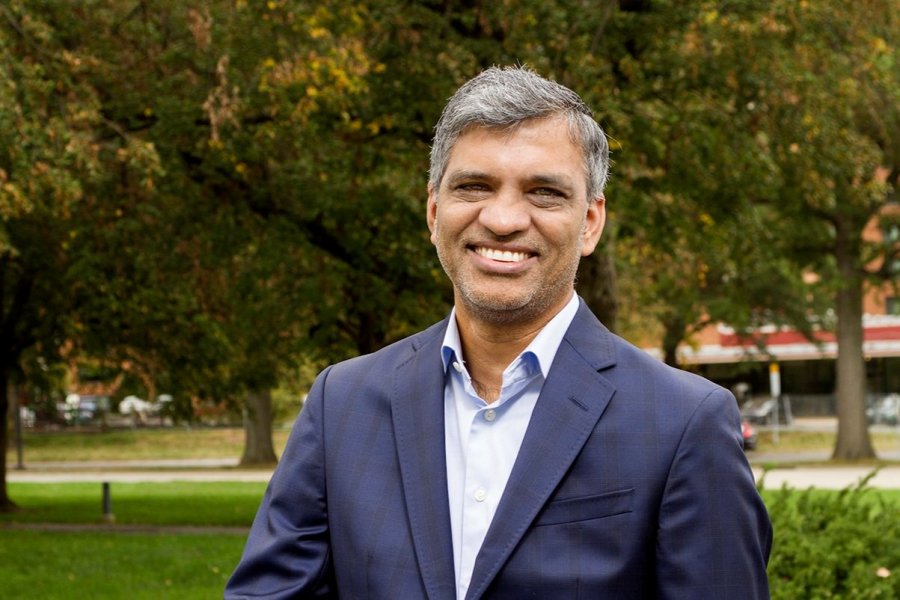



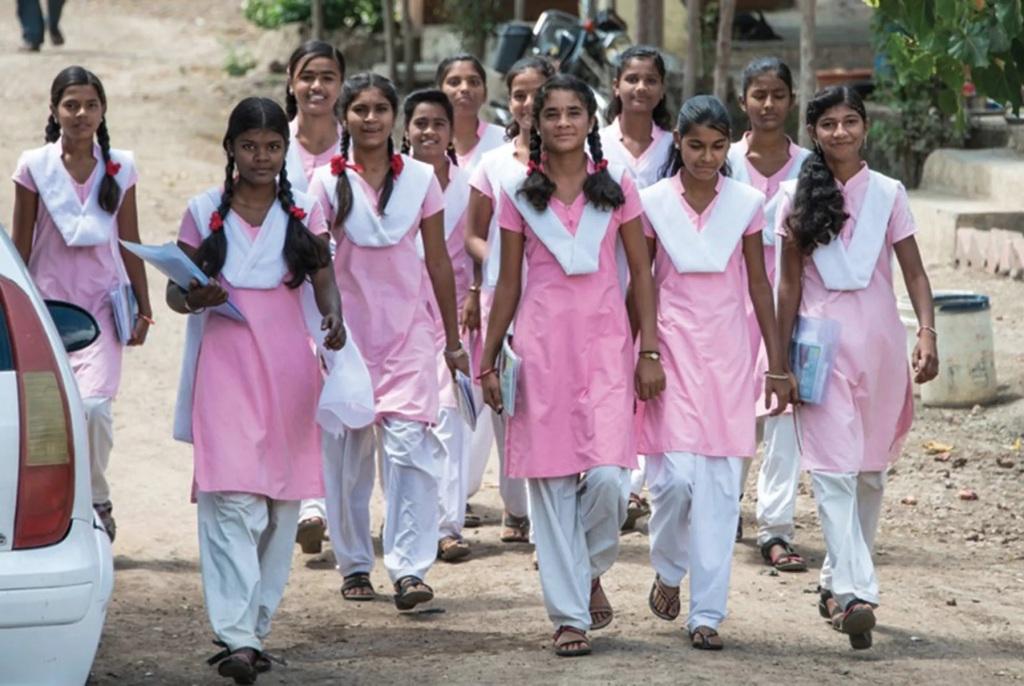

.jpg)




